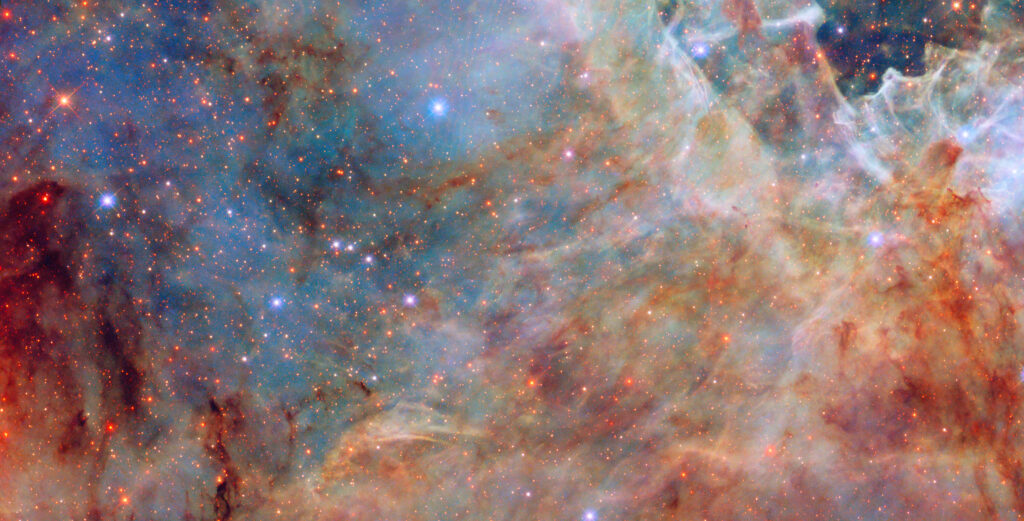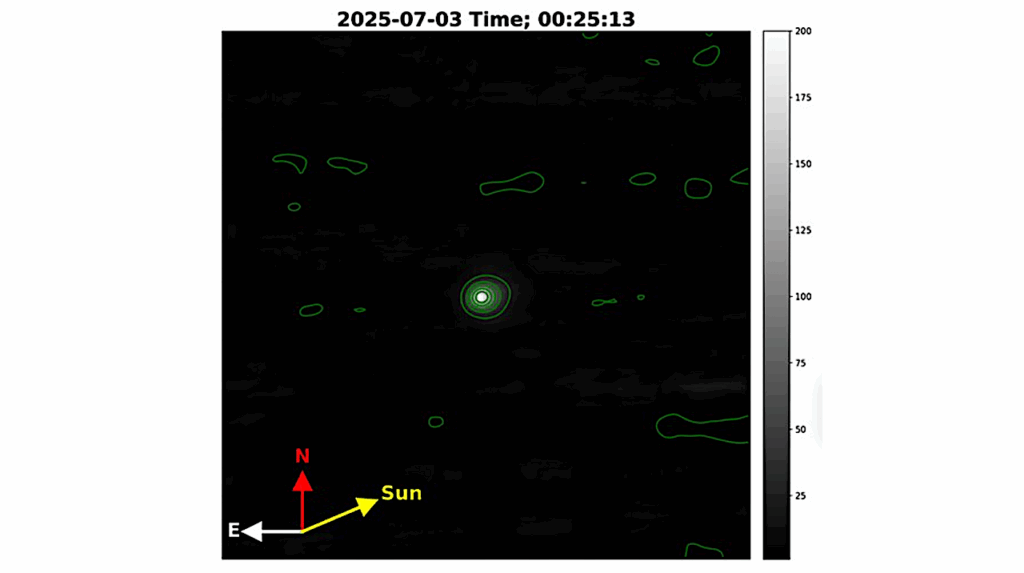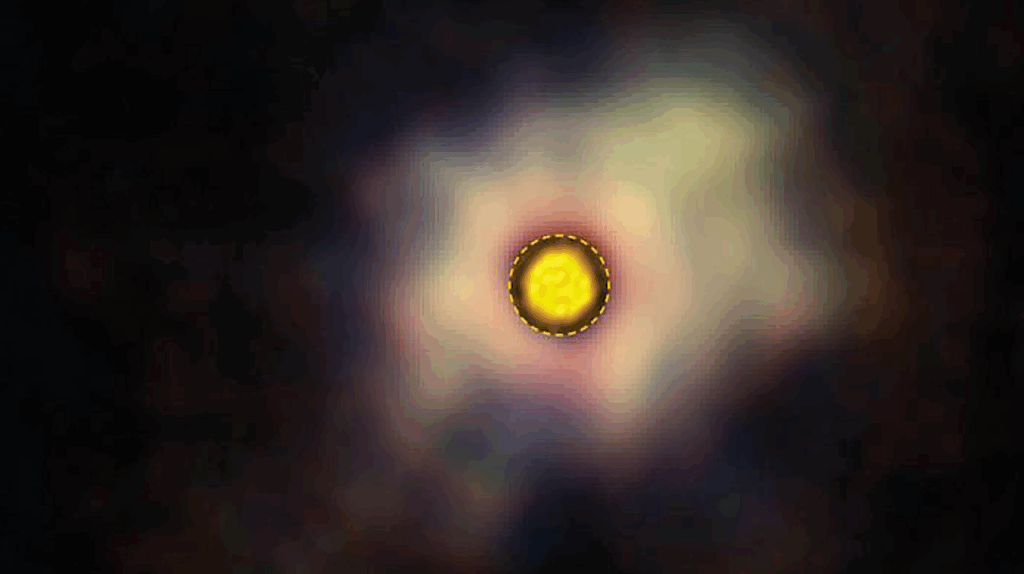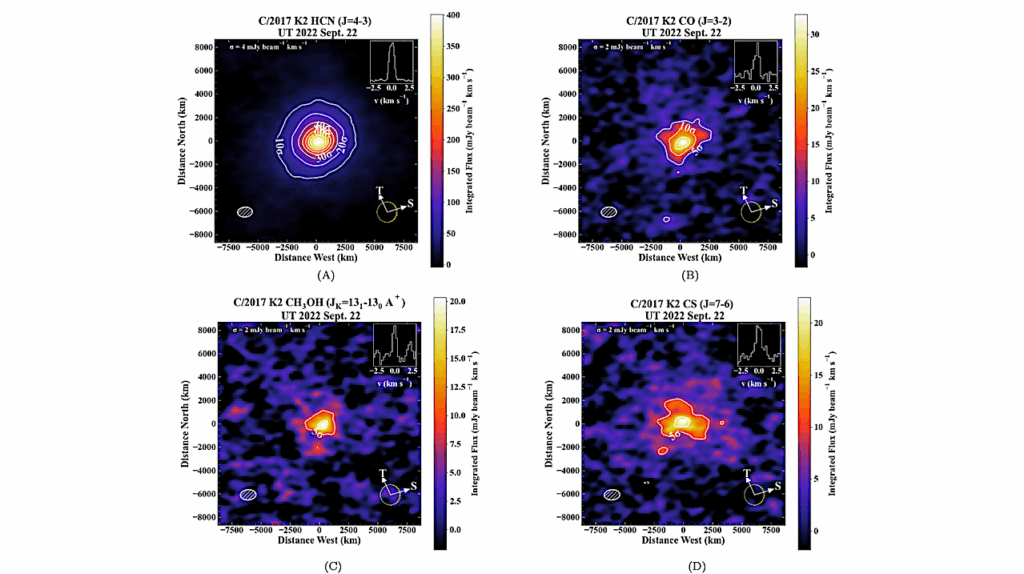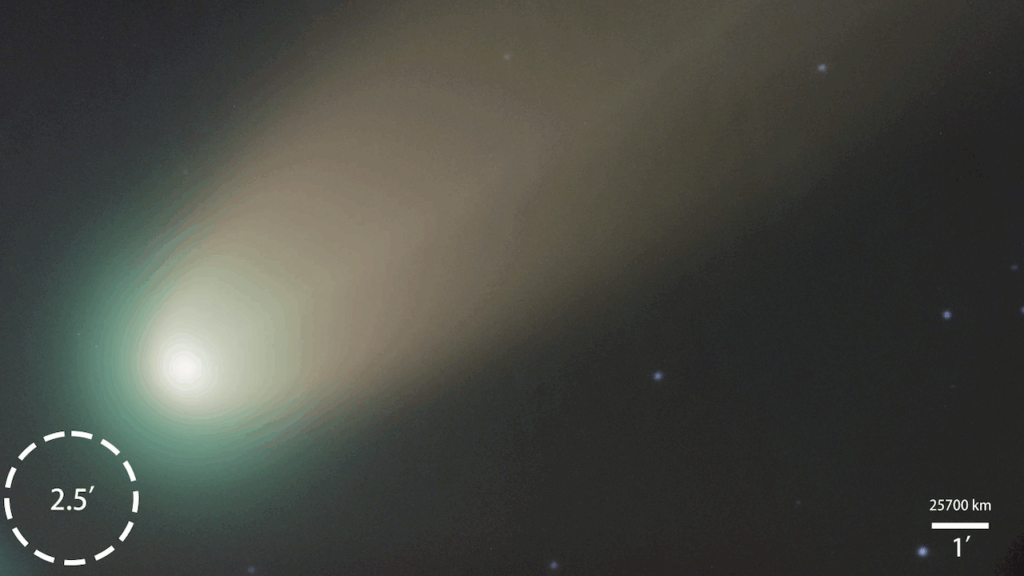The Sun’s Birth Environment: Context for Meteoritics
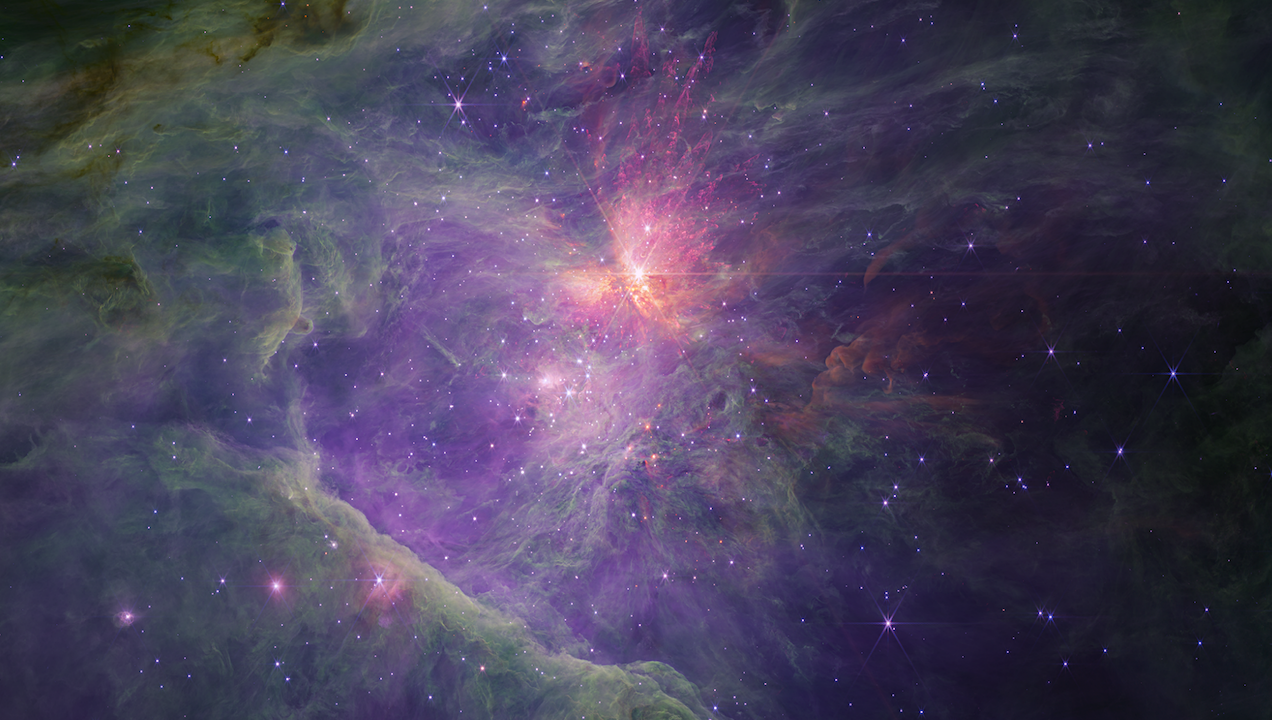
Meteorites trace planet formation in the Sun’s protoplanetary disk, but they also record the influence of the Sun’s birth environment.
Whether the Sun formed in a region like Taurus-Auriga with ~10^2 stars, or a region like the Carina Nebula with ~10^6 stars, matters for how large the Sun’s disk was, for how long and from how far away it accreted gas from the molecular cloud, and how it acquired radionuclides like 26Al. To provide context for the interpretation of meteoritic data, we review what is known about the Sun’s birth environment.
Based on an inferred gas disk outer radius ~50-90 AU, radial transport in the disk, and the abundances of noble gases in Jupiter’s atmosphere, the Sun’s molecular cloud and protoplanetary disk were exposed to an ultraviolet flux G0 ~30-3000 during its birth and first ~10 Myr of evolution. Based on the orbits of Kuiper Belt objects, the Solar System was subsequently exposed to a stellar density ~100 Msol/pc^3 for ~100 Myr, strongly implying formation in a bound cluster.
These facts suggest formation in a region like the outskirts of the Orion Nebula, perhaps 2 pc from the center. The protoplanetary disk might have accreted gas for many Myr, but a few x10^5 yr seems more likely. It probably inherited radionuclides from its molecular cloud, enriched by inputs from supernovae and especially Wolf-Rayet star winds, and acquired a typical amount of 26Al.
Steve Desch, Núria Miret-Roig
Comments: Accepted for publication in Space Science Reviews as part of International Space Science Institute “Evolution of the Solar System: Constraints from Meteorites” meeting, June 5-9, 2023
Subjects: Earth and Planetary Astrophysics (astro-ph.EP); Solar and Stellar Astrophysics (astro-ph.SR); Geophysics (physics.geo-ph)
Cite as: arXiv:2409.10638 [astro-ph.EP](or arXiv:2409.10638v1 [astro-ph.EP] for this version)
https://doi.org/10.48550/arXiv.2409.10638
Focus to learn more
Submission history
From: Steve Desch
[v1] Mon, 16 Sep 2024 18:12:06 UTC (6,552 KB
https://arxiv.org/abs/2409.10638
Astrobiology



